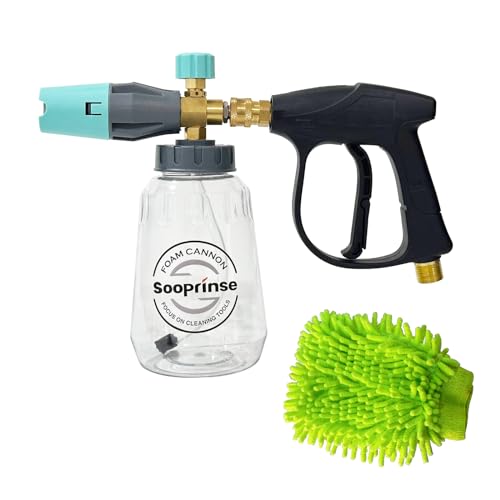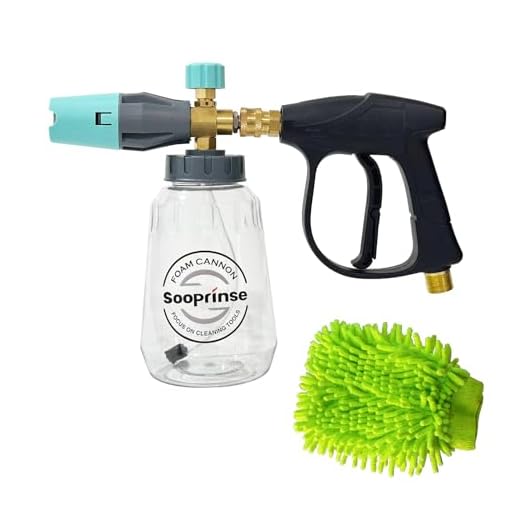


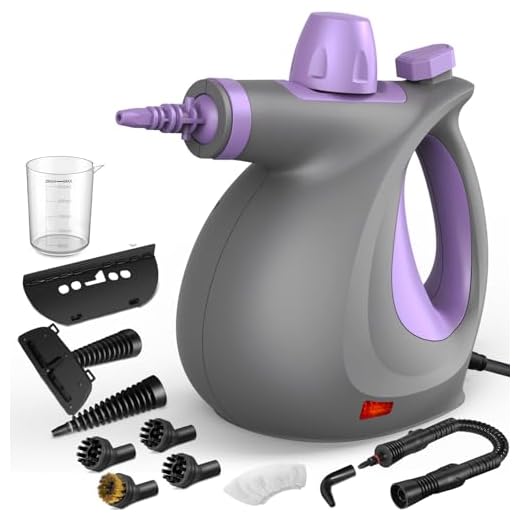
If you’re aiming for peak performance in your cleaning tasks, investing in a powerful machine is a wise choice. These advanced devices can deliver impressive water force, significantly reducing the time and effort needed for various cleaning jobs around your home or business. They excel in tackling tough grime, stains, and debris on surfaces such as patios, driveways, vehicles, and even façades.
With options typically rated from 1000 to over 4000 PSI, the choice depends on your specific needs. For light household cleaning, models within the 1500 to 2000 PSI range are usually sufficient. However, for heavy-duty applications like preparing surfaces for painting or removing stubborn mildew, consider devices at the higher end of the spectrum, around 3000 PSI and above. When selecting, be aware of flow rates too, measured in gallons per minute (GPM), as they dictate how quickly you can clean.
Furthermore, features such as adjustable nozzles, onboard detergent tanks, and cart-mounted designs can enhance usability. A machine with variable pressure settings can offer versatility across different materials, helping you avoid damage while ensuring an effective clean. Make sure to choose a device that balances power and ease of use, allowing you to tackle jobs efficiently without compromising quality.
What is Max Pressure Washer
For anyone seeking a high-performance cleaning device, I recommend prioritising water flow rates alongside pressure ratings. Selecting a model that produces over 3000 psi can effectively tackle tough grime on surfaces like concrete and brick. Look for electric or petrol options, depending on your preferences for portability and efficiency.
Key Features to Consider
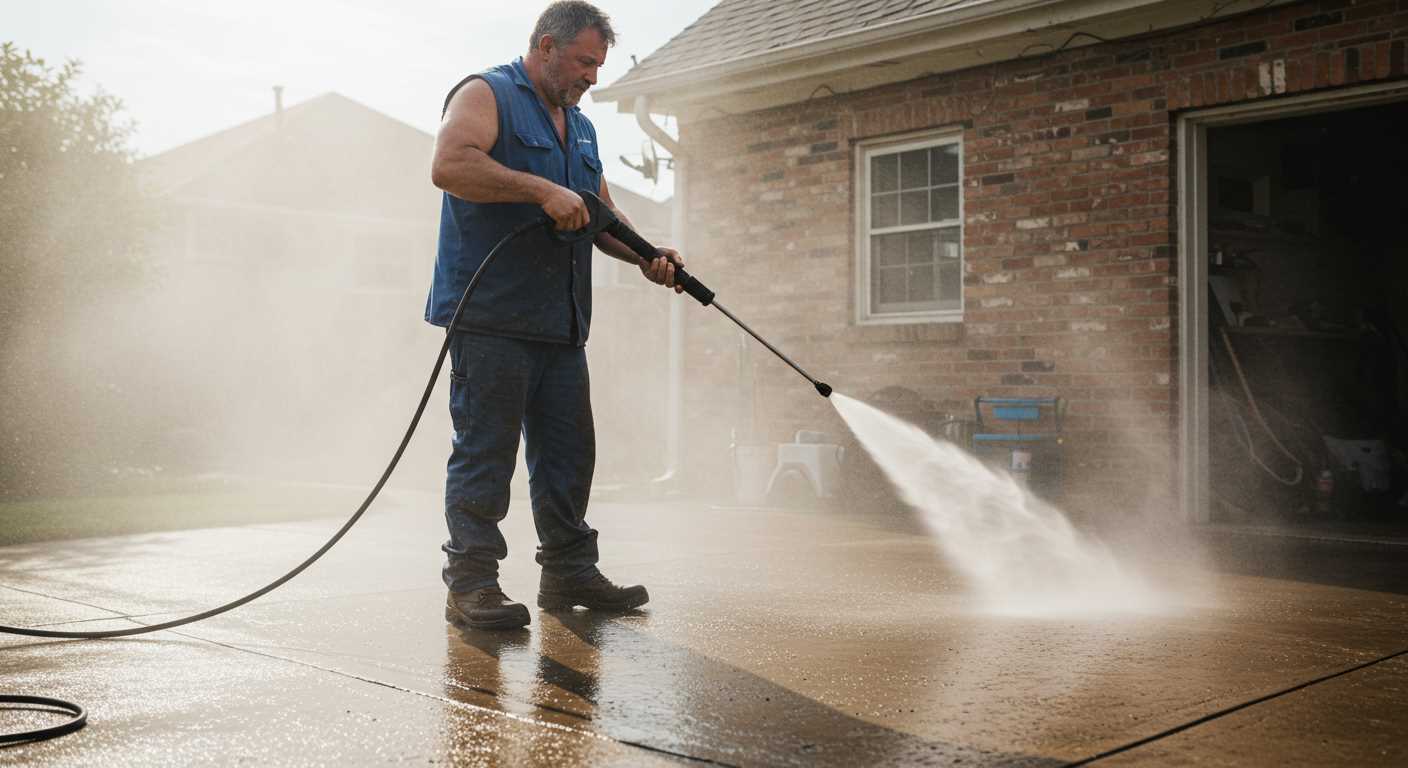
Examine the pump type–axial pumps provide decent power for occasional use, while triplex pumps are better for heavy-duty tasks. Additionally, nozzle compatibility is important; a variety of nozzle types allows for different spray patterns, enhancing versatility in cleaning applications.
Maintenance and Longevity
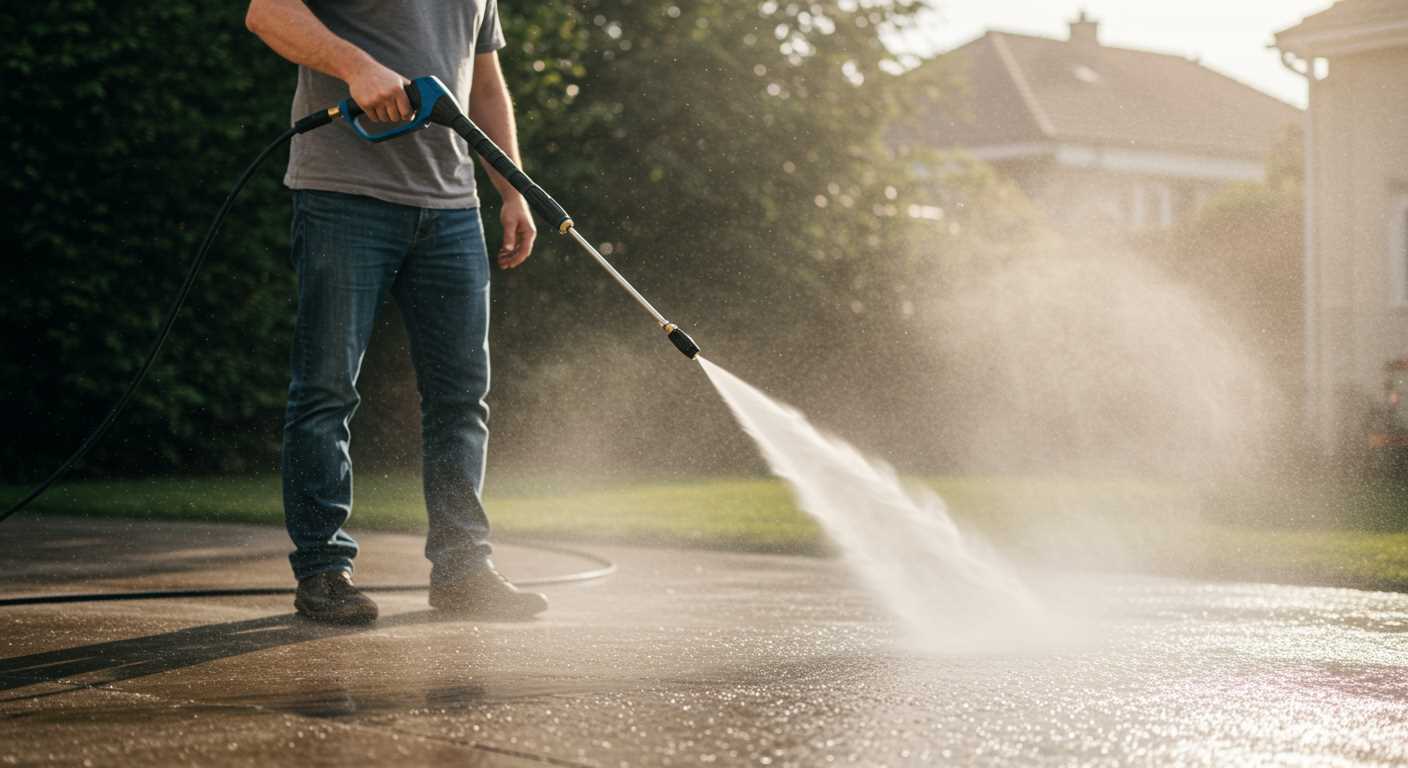
Regular maintenance is essential for durability. It’s beneficial to flush the system after each use and ensure the filters are clean. Proper storage, especially in colder climates, can prevent damage to internal components. Investing in a quality machine often pays off in terms of reliability and performance over time.
Understanding Maximum Pressure Ratings
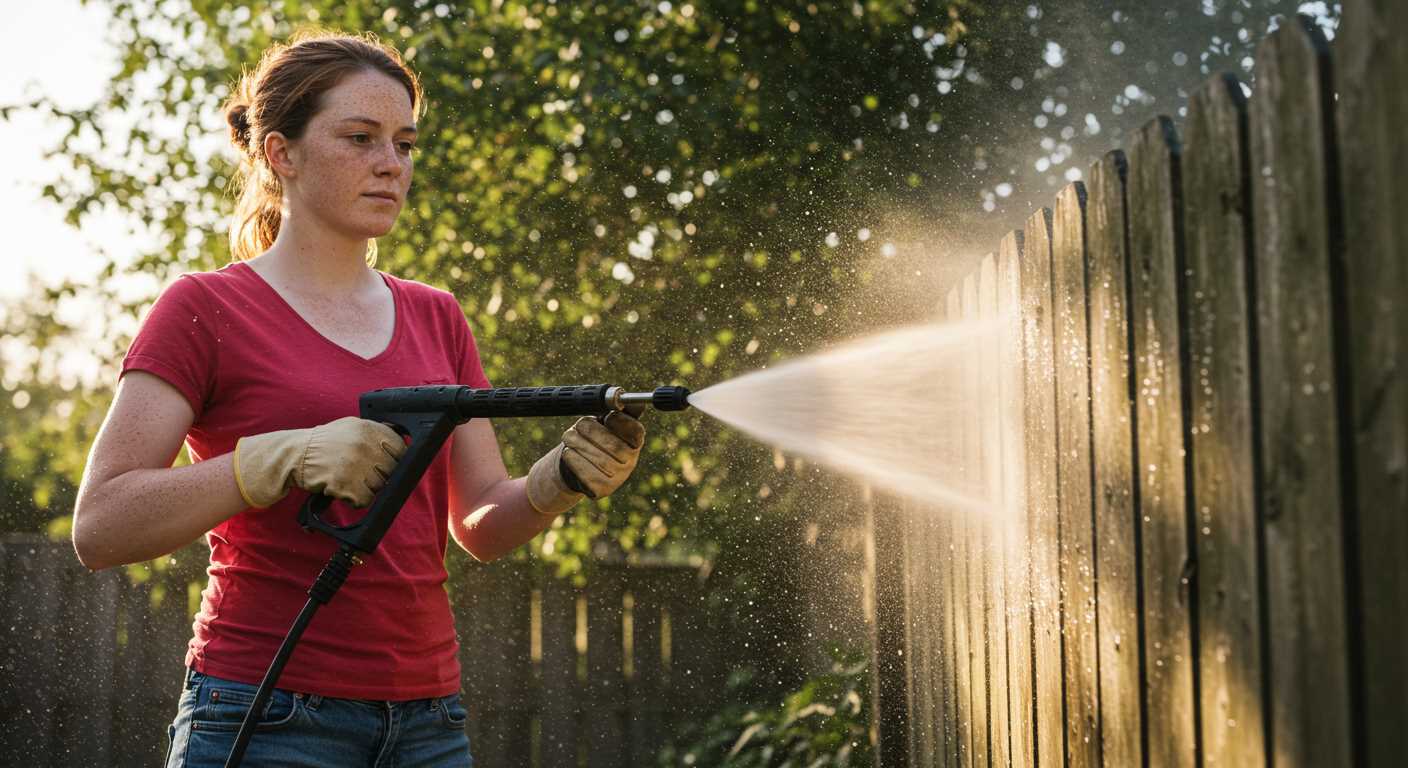
Choose carefully when considering the highest output levels of cleaning machines. The term refers to the maximum force exerted by the device at the nozzle, and it’s critical for evaluating cleaning potential.
Here are key aspects to appreciate:
- Operating Pressure: This is the force at which the unit operates during regular use, often lower than the maximum figure. Consider this for everyday tasks.
- Type of Pump: Different types of pumps (axial or triplex) affect performance. Triplex pumps tend to handle higher pressures more effectively, resulting in enhanced durability.
- Flow Rate: Measured in litres per minute, higher flow rates can improve cleaning performance by allowing more water to carry away dirt and debris.
- Applications: Heavy-duty tasks, such as removing graffiti or industrial cleaning, require devices that handle substantial output. For lighter jobs, standard options suffice.
- Nozzle Selection: The choice of nozzle influences the impact and spread of the water. Narrow nozzles concentrate force, while wider ones spread it, offering versatility in cleaning.
Based on my experience, a model rated around 3000 PSI with a flow rate of 2.5 GPM serves well for general residential cleaning, though serious users might prefer higher specifications for tougher challenges.
Always match the apparatus’s capabilities with your intended tasks to ensure efficiency and avoid potential damage to surfaces or equipment.
Applications of High-Pressure Cleaners in Home Maintenance
Utilising high-pressure cleaners is an excellent approach for various home maintenance tasks. For outdoor surfaces, they excel in removing grime, algae, and stains from patios, driveways, and decks, restoring their original appearance efficiently.
For vehicles, using a powerful cleaning device can effectively eliminate dirt and debris, especially in hard-to-reach areas such as wheel wells and undercarriages. This not only enhances the look of your car but also helps maintain its value by preventing rust and corrosion.
When it comes to exterior walls of your home, a strong cleaning unit can effectively wash away dirt, mildew, and staining from brick, wood, and stucco surfaces. Attention to this detail can prolong the life of your home’s exterior finish and reduce the need for repainting.
Roof maintenance can also benefit significantly. With appropriate accessories, one can safely dislodge debris, moss, and lichen from shingles, contributing to better drainage and extending the lifespan of your roofing materials.
Garden equipment, such as lawnmowers and garden tools, can be easily maintained using a vigorous cleaning system that removes grass clippings and dirt, ensuring their effectiveness and longevity.
Lastly, outdoor furniture requires regular upkeep. A robust unit can effectively clean plastic and metal furniture, removing stains and ensuring a pleasant environment for outdoor gatherings.
Choosing the Right Max Pressure Washer for Your Needs
To select the ideal high-powered cleaning device, assess your specific requirements first. Consider the tasks at hand, whether it’s removing stubborn grime from driveways or washing delicate surfaces like cars.
Key Factors to Consider
- Pressure Rating: Choose based on the level of cleaning required. For light jobs, such as washing vehicles, a model rated between 1200-1900 PSI suffices. Heavier tasks, however, may need 3000 PSI or above.
- Flow Rate: Measured in gallons per minute (GPM), a higher flow rate enhances cleaning efficiency. Look for at least 1.5 GPM for most household uses.
- Type of Machine: Decide between electric or gas-powered units. Electric versions are quieter and easier to maintain, while gas units offer mobility and higher cleaning power.
- Accessories: Check for included nozzles and brushes. Variable spray tips enhance versatility, while surface cleaners expedite flat surface cleaning.
Identifying Specific Uses
- Vehicle Care: Opt for a machine with adjustable pressure settings to avoid damaging paintwork.
- Deck and Patio Maintenance: Higher pressure models can effectively remove mildew and dirt build-up.
- Construction Equipment: Heavy-duty machines are necessary for removing concrete or asphalt stains.
Finally, consider warranty and customer service options. Reliable support can be invaluable after the purchase, especially if problems arise. By carefully evaluating these elements, you’ll find a device that meets your cleaning needs effectively and efficiently.
Common Features of High-Performance Cleaning Units
High-performance cleaning units incorporate several key features that enhance their functionality and usability. Understanding these components can guide you in selecting the most effective unit for your tasks.
Power Source Options
Electric and petrol engines provide different advantages. Electric models are typically quieter, lightweight, and ideal for residential projects, while petrol variants offer greater mobility and power, suitable for heavier workloads.
Cleaning Mechanisms
These machines commonly utilise various cleaning methods including direct spray, attachments for wider coverage, and adjustable nozzles for varied flow rates. The capability to switch between settings allows for tailored cleaning across a range of surfaces, from delicate to tough grime.
| Feature | Electric Models | Petrol Models |
|---|---|---|
| Weight | Lighter | Heavier |
| Noise Level | Quieter | Louder |
| Mobility | Limited | High |
| Power Output | Moderate | High |
| Maintenance | Low | Moderate |
Safety mechanisms such as thermal relief valves and automatic shut-off features are standard in modern units, preventing overheating and ensuring user protection. Hose length and quality also play a significant role; longer hoses facilitate access to hard-to-reach areas, while sturdy materials resist wear.
Accessory options such as surface cleaners, foam cannons, and extension wands enhance versatility, making these units adaptable for various tasks from vehicle washing to deep cleaning patios.
Understanding these features will empower you to select a unit that aligns with your specific cleaning demands, ensuring optimal performance and satisfaction in your cleaning endeavours.
Safety Considerations When Using High-Pressure Cleaners
Always wear appropriate personal protective equipment (PPE), including goggles, gloves, and durable footwear, to protect against high water force and debris. Eye protection is particularly crucial as high-velocity water can cause serious eye injuries.
Before operating the equipment, inspect all hoses and connections for wear and damage. Bursts in hoses can lead to serious injuries and should be addressed immediately. Ensure all equipment is correctly assembled according to the manufacturer’s specifications.
Safe Operation Techniques
Maintain a safe distance from surfaces when using the device, typically at least 2 feet, and adjust the nozzle settings to the appropriate spray pattern. A fan or wider spray is safer for delicate surfaces, while a concentrated jet should only be used on robust materials.
Be mindful of the surrounding area. Ensure no bystanders or pets are close to the cleaning zone to prevent accidents. Additionally, always direct the spray away from yourself and others. Avoid standing in water or on slippery surfaces while using the machine.
After Use Safety Tips
Once cleaning is complete, disconnect the water supply before deactivating the unit to relieve residual pressure in the system. Store the equipment in a dry place, away from direct sunlight, and ensure hoses are coiled properly to prevent kinks and traumas.
By adhering to these safety practices, you can optimise your experience while using high-pressure cleaning equipment, reducing risks and maximising effectiveness.
Maintenance Tips for Max Pressure Washers
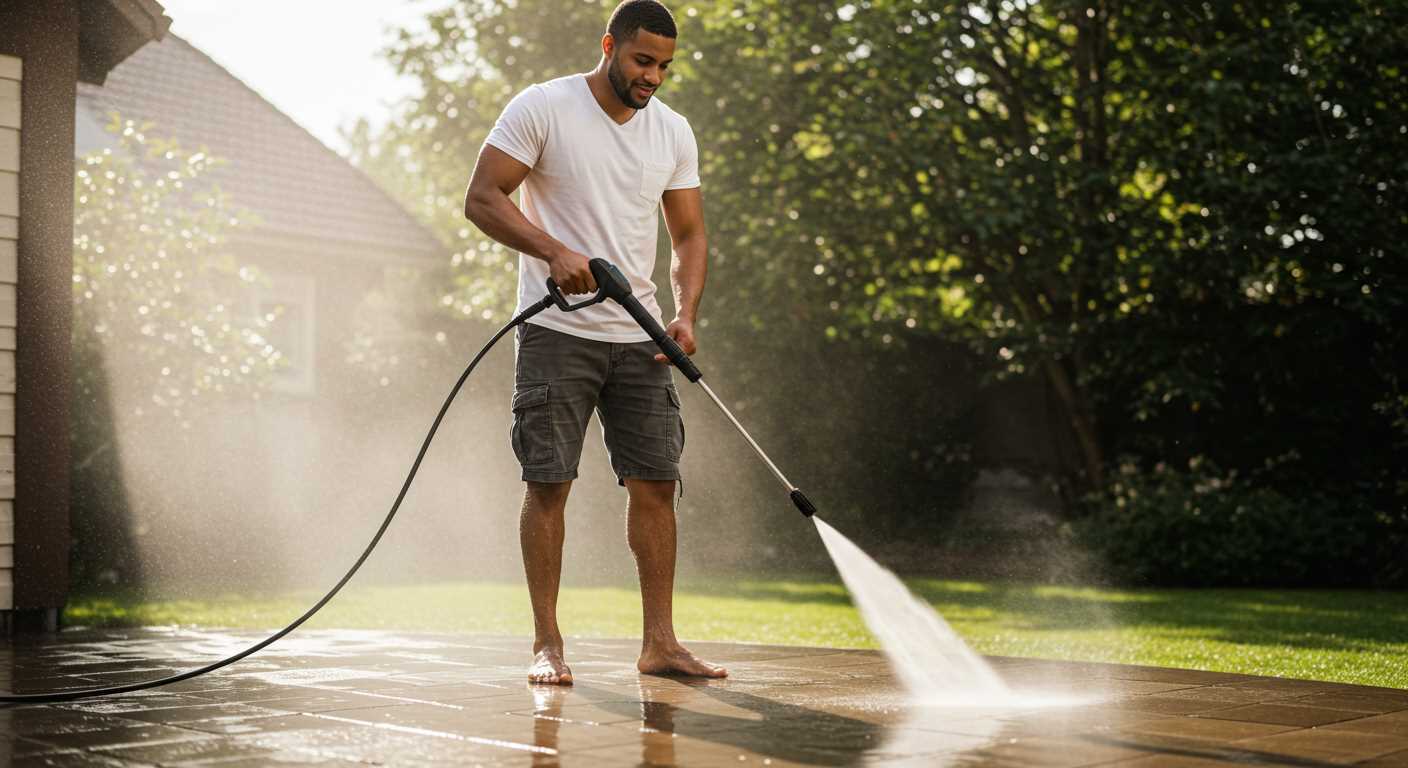
Regularly inspect and replace the hose if any signs of wear or damage appear. A compromised hose can lead to leaks and reduced performance.
Always clean the filter screen before every use. This small step prevents debris from clogging the system and ensures optimal water flow.
After each session, rinse the nozzle with clean water to remove any debris. This prevents clogs and maintains spray pattern accuracy. Store the nozzle properly to avoid physical damage.
Check oil levels for models with a pump lubricating system. Keeping oil at recommended levels prolongs pump life and maintains efficiency.
Seasonally, check all connections for tightness. Loose fittings may lead to water leaks and can affect pressure levels.
Winterising your device is crucial in colder months. Use a winterisation kit or run antifreeze through the unit to prevent freezing damage.
Store the machine in a dry, sheltered area to protect it from environmental factors that can cause deterioration over time.
Keep an eye on the power cord for frays or exposed wiring. Damaged cords can be a safety hazard and should be replaced immediately.
Finally, follow the manufacturer’s guidelines for maintenance schedules and specific care instructions for your model to ensure longevity and peak performance.

